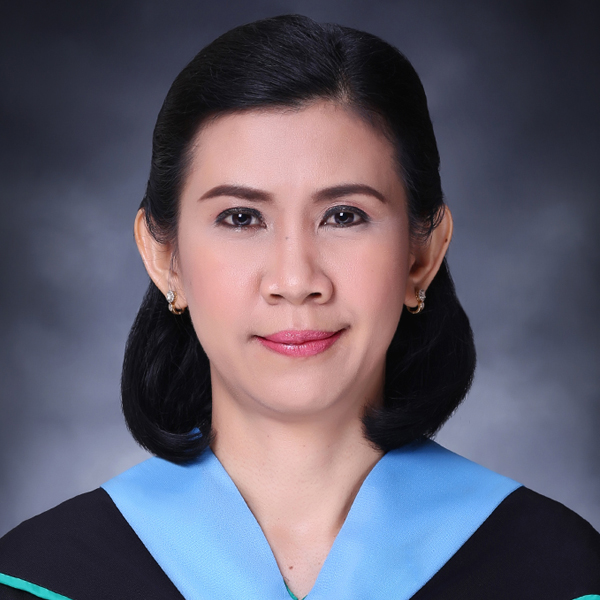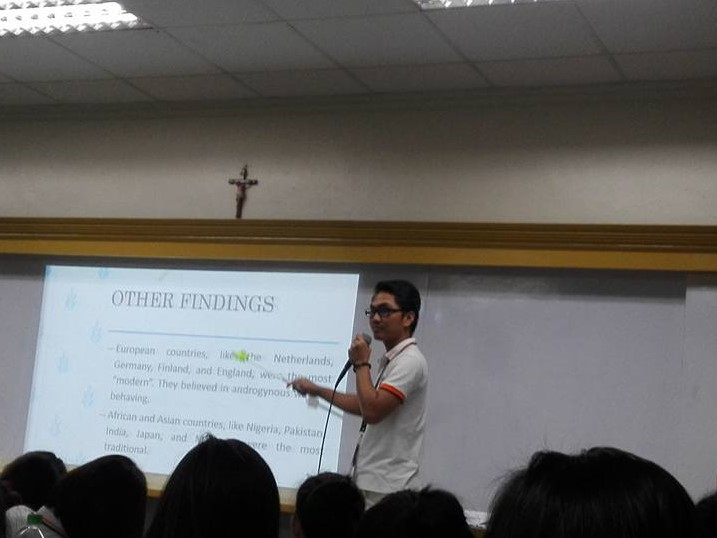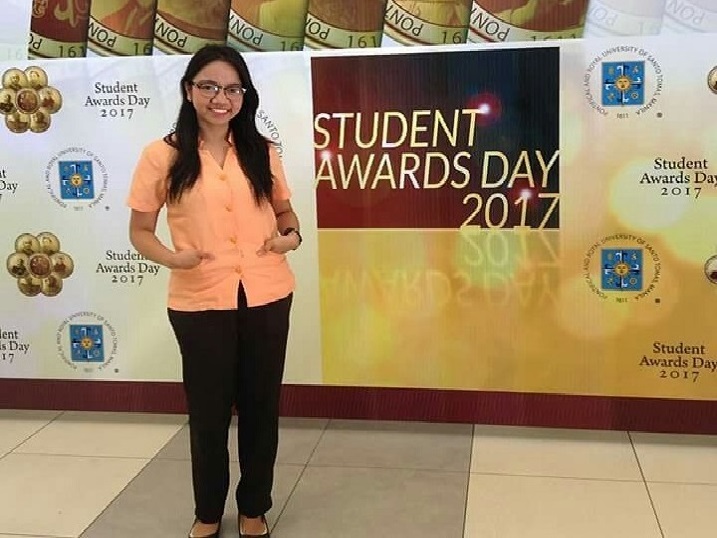

The Bachelor of Elementary Education Program is a four-year program that prepares its students for the art and science of teaching. It builds know-how in pedagogy, such as foundations of education, principles of teaching, facilitating learning, curriculum development, child and adolescent psychology, assessment of student learning, educational technology and instructional materials preparation, and classroom management, among others, as well as would-be teachers’ disciplinal expertise. Among the areas of specialization offered by the program are: Pre-school Education and Special Education. The program culminates with an intensive one-year practice teaching in the cooperating schools, where student teachers receive active mentoring from highly-experienced professional teachers.

Asst. Prof. Rose Marie M. Cordura

Besides all the substantial lessons and theoretical underpinnings vital to the practice of my profession, the College of Education has awakened my senses to have a deeper concern for the social dimensions and issues confronting our current educational system. I am truly blessed to be mentored by competent, open-minded, and approachable professors who put great emphasis on moral and character development. They have not only provided us the foundation, but they also honed our 21st century skills by creating meaningful performance tasks. Likewise, my program in Special Education has given me a multitude of opportunities to reach out to different organizations, schools, and partner communities aiming for awareness and acceptance for all people with disabilities
Mr. Christian Tigulo
Bachelor of Elementary Education
Major in Special Education

I never imagined and dreamt of becoming a teacher, but the College of Education of the University of Santo Tomas made me fall in love with teaching. One of my instructors in the Special Education program once told our class, "Did you know that special education teachers have a special place in heaven?" It struck me hard, and I gratefully realized that I am on the right track. We experienced various learning activities, which enabled me to become a molded Thomasian educator. These activities include field observations, field interviews, instructional materials exhibits, rigorous lesson plannings, demonstration teachings, and the year-long pre-service teaching. I cannot compare the quality education under this teacher education institution, and I firmly believe that I became a flexible teacher for students with exceptionalities of my country and of the world.
Ms. Rose Marie Jane Rementina
Bachelor of Elementary Education
Major in Special Education